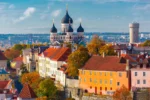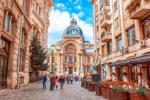Lithuania, a dynamic and evolving nation, has undergone significant cultural and economic transformations since gaining independence from the Soviet Union in 1990. Exploring the finest cities in Lithuania reveals a vibrant social scene. From the capital city of Vilnius to numerous natural reserves, national parks, coastal regions, and splendid beaches, our captivating country offers diverse landscapes. The Lithuanian people, deeply proud of their heritage, extend warm hospitality to visitors. Their genuine kindness is palpable wherever you journey. Here’s an overview of the renowned cities to visit in Lithuania, serving as your guide for an unforgettable trip.
1.Vilnius
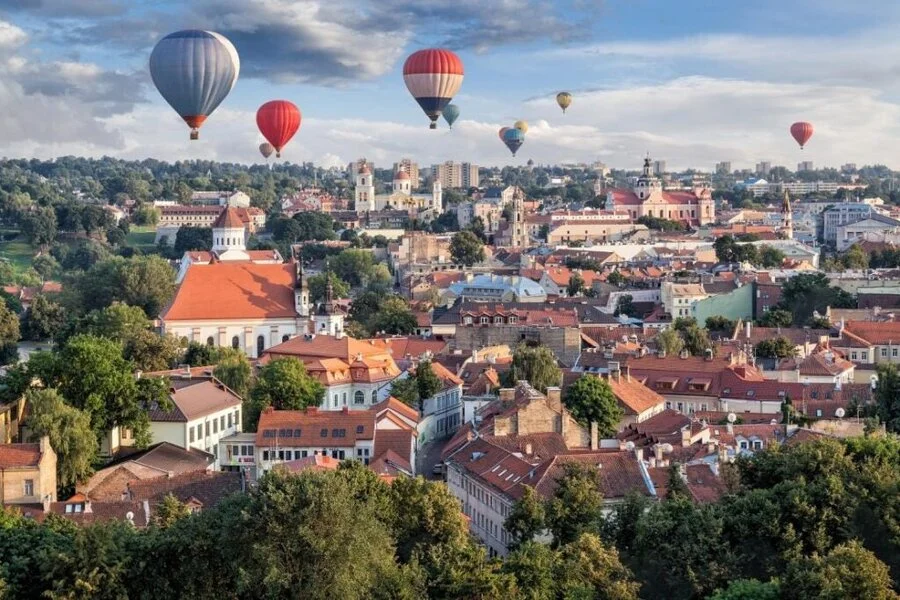
Vilnius, one of Lithuania’s largest cities, holds the distinction of a Gamma global city and is nestled in the south-eastern part of the country. Renowned for its Old Town architecture, this UNESCO World Heritage Site since 1994, Vilnius, is often referred to as the “Jerusalem of Lithuania,” reflecting its historic Jewish influence. With nearly 20% of the nation’s population and contributing to a third of its GDP, the city holds significant importance. Its medieval legacy, intertwined with Baroque and stunning Gothic styles, paints a picturesque image that rivals the most beautiful European cities. Beyond its array of tourist attractions, Vilnius boasts numerous universities, the largest being Vilnius University.
2. Kaunas
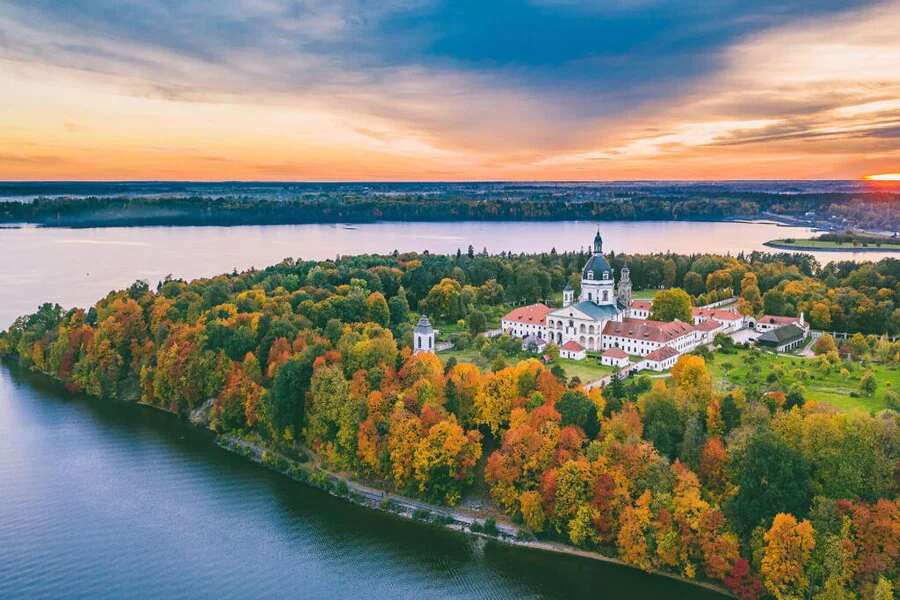
Kaunas, Lithuania’s second-largest city, stands as a pivotal economic, cultural, and academic hub within the nation. Nestled at the confluence of the Nemunas and Neris rivers, it’s home to the expansive Kaunas Reservoir, the largest of its kind in Lithuania.
Diverse industries like food and beverage, publishing, metal and wood processing, chemicals, and textiles thrive here. Kaunas doesn’t just excel in commerce; it’s a vibrant cultural center. The city pulsates with festivals and events all year long, adding a dynamic dimension to its identity.
The Kaunas Jazz, Pažaislis Music Festival, Operetta in the Kaunas Castle, Hanza Kaunas, Bike Show Millennium, and Kaunas City Days are some of the celebrated occasions that grant a glimpse into Lithuania’s soul through Kaunas’ unique lens.
3. Klaipėda
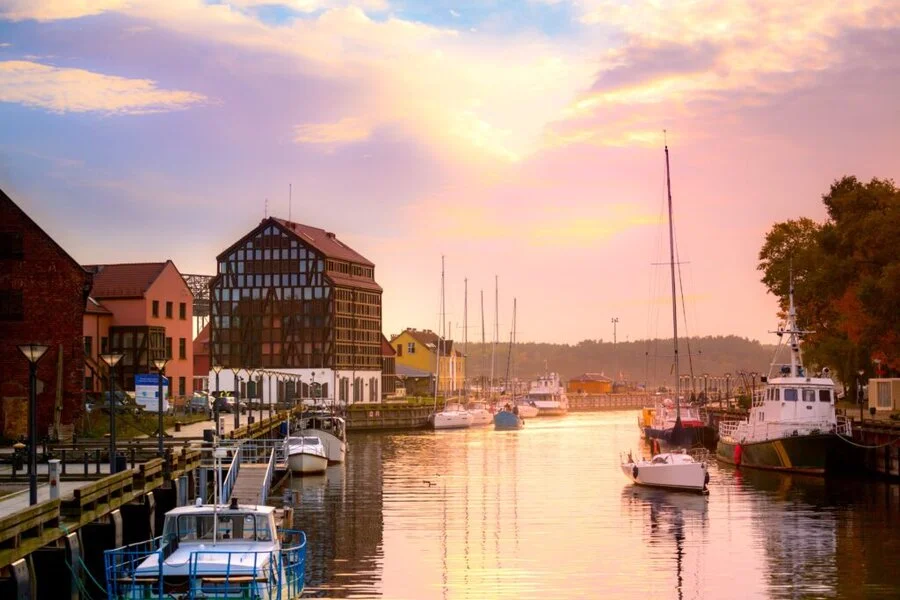
Klaipėda, the third-largest city in Lithuania and the capital of Klaipėda County, holds pivotal significance within the nation. Its ice-free port, situated at the confluence of the Akmena and Danė rivers, serves as a vital gateway. Klaipėda’s allure stems from its enchanting harbor, a spectrum of vibrant entertainment, and captivating architectural wonders. The city’s atmosphere is imbued with bohemian spirit, accompanied by the graceful flight of white seagulls. Amidst historical monuments and sandy beaches, the invigorating sea breeze leaves an indelible imprint on your memory, ensuring that your time in Klaipėda remains etched in your heart long after you bid adieu.
4. Šiauliai
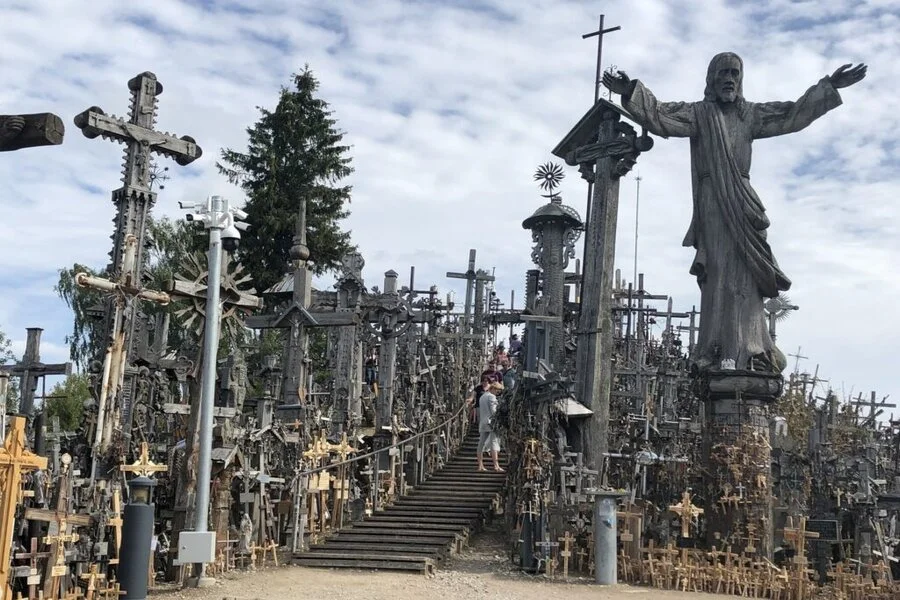
Šiauliai, the fourth-largest city in Lithuania and the capital of Šiauliai County, stands as a testament to industrial progress since the early 19th century. This city, which holds a prominent spot among the best cities to explore in Lithuania, exudes a post-industrial ambiance with echoes of its Soviet-era influence. A notable highlight drawing visitors to Šiauliai is the legendary Hill of Crosses, known as “Kryžių Kalnas” in Lithuanian. Situated approximately 12 kilometres from the city, this iconic site is a magnet for travellers seeking to experience its spiritual resonance. Amidst Šiauliai’s streets, a diverse array of manufacturing, service companies, commercial enterprises, and shopping centers flourish, shaping its dynamic present.
5. Kernavė
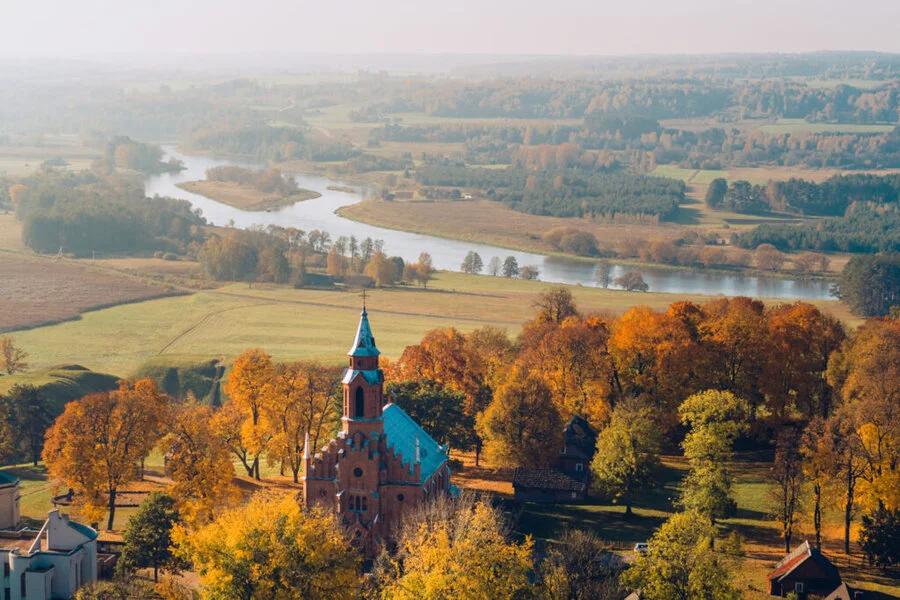
Kernavė, positioned in the south-eastern part of Lithuania on the right bank of the Neris River, stands as one of the notable cities to explore in the country.
Despite its modest population of 272 inhabitants, this tiny yet significant city lies merely 35 kilometres away from the capital, Vilnius. What sets Kernavė apart is its prestigious designation as a UNESCO World Heritage Site, making it a prominent archaeological landmark that attracts travellers far and wide. Adding to its allure is the Neo-Gothic red brick Church of St. Virgin Maria Skaplierinė, where visitors can marvel at mosaics commemorating the 600th anniversary of Lithuania’s Baptism. Behind the church, atop a steep hill, an observation ground offers breathtaking vistas, completing the experience of this captivating destination.
6. Palanga
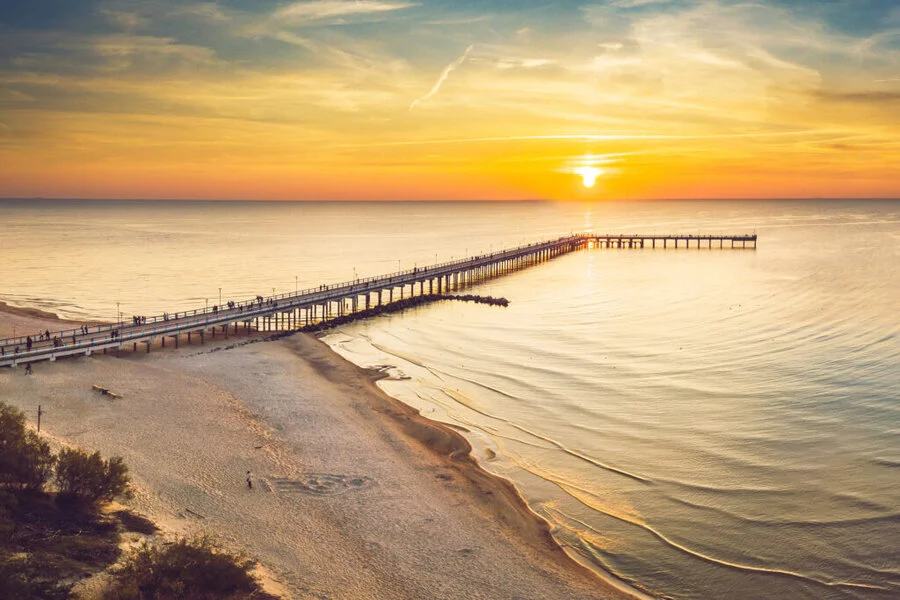
Palanga, a charming seaside town, stands out as one of Lithuania’s most sought-after summer holiday destinations, drawing both locals and visitors from neighbouring countries. This picturesque city comes alive during the warmer months, offering a mix of relaxation and vibrant nightlife. The heart of Palanga, the Jonas Basanavicius boulevard, is lined with a plethora of bars, cocktail clubs, and upscale restaurants. Among these, the historic Palanga Kurhaus, the town’s inaugural hotel and restaurant, shines as a prominent attraction in the town center, adding to the allure of this coastal gem.
7. Trakai
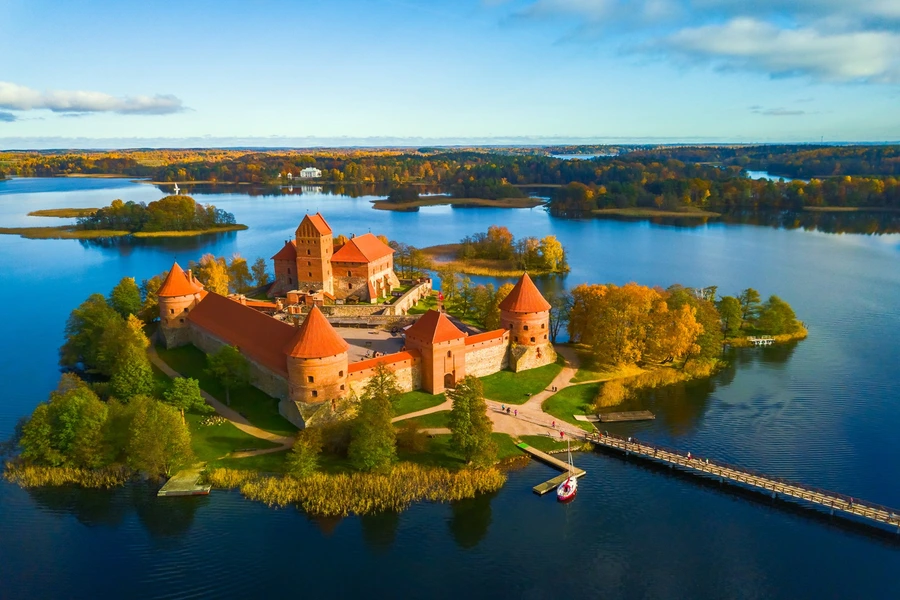
Trakai, with a population of around 5,400 residents, experiences the influx of over two million visitors annually. Renowned for its stunning natural landscapes, rich wildlife reserves, and lush forests, the city holds a special place in Lithuania’s heart. Its centerpiece is the exquisite Island Castle, perched on Lake Galvė. Trakai stands as a mosaic of picturesque islets, grassy hills, reflective waters, and sprawling meadows, creating a uniquely captivating ambiance. This enchanting destination is a perfect weekend getaway, offering a range of leisure activities such as swimming, fishing, aero-boat sailing, paragliding, horseback riding, and more, ensuring a truly enjoyable experience in Trakai.
8. Rumšiškės
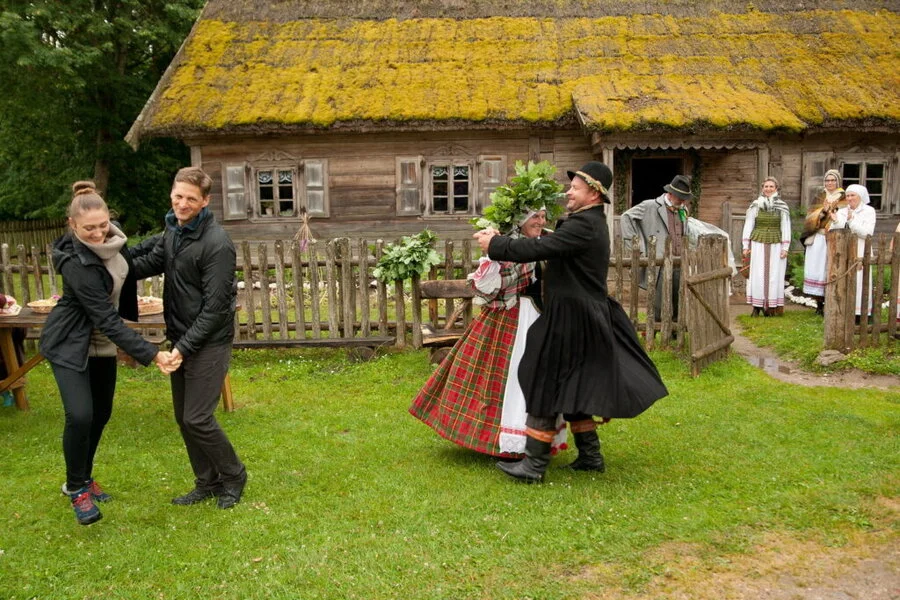

Undoubtedly, Rumšiškės stands as one of Lithuania’s renowned cities. In 1958, the southern part of the town was submerged when the Kaunas Lagoon’s artificial lake was formed, creating a unique underwater landscape. The 18th-century St. Michael the Archangel Church of Rumšiškės was meticulously relocated from the submerged area to its current site in 1958. Today, the city is most famed for its exceptional open-air ethnographic museum, one of the largest in Europe. Established in 1966 and officially inaugurated in 1974, the museum proudly showcases a staggering 90,820 exhibits. Through the preserved homes and structures within this museum, visitors gain a comprehensive insight into the lifestyles and labor of Lithuanian people from bygone eras.
Experience the enchanting land of lost cities, mesmerizing sites, and vibrant tourist destinations in Lithuania. Don’t hesitate any longer – it’s time to plan your unforgettable vacation to Lithuania and immerse yourself in the tranquility of this peace-loving country. Discover the best cities that Lithuania has to offer and embark on a journey of exploration and wonder.

